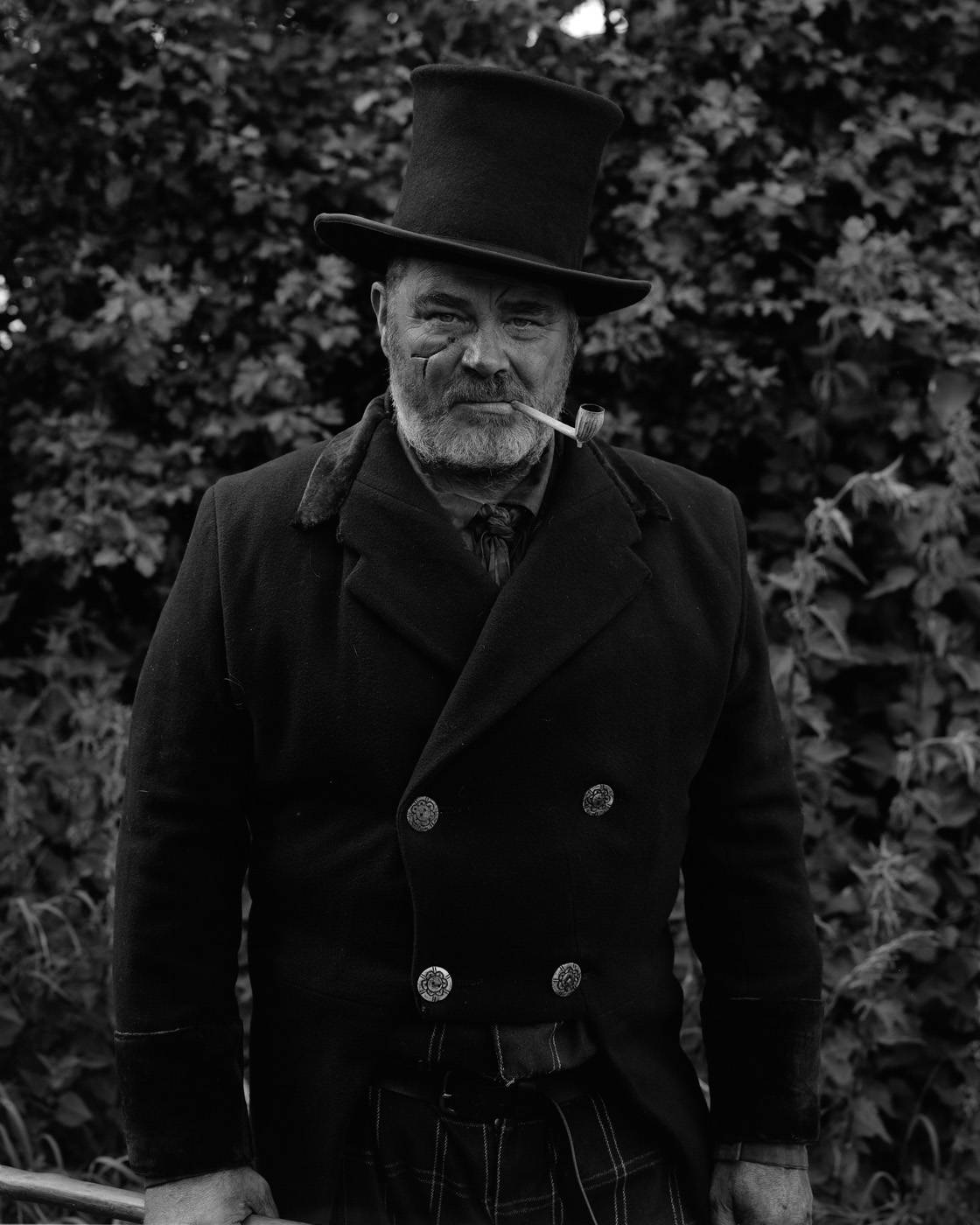
A medium speed black and white traditional film from Harman Technology
Black and white film broadly falls into two types. Traditional cubic grained films such as HP5, Tri-X and FP4 and tabular grained films such as Kodak’s Tmax films, Ilford’s Delta films, and Fuji’s Acros 100. Ilford stands alone amongst the big three film makers in offering a medium speed traditional technology film since Kodak’s Plus-X was discontinued a number of years ago. Modern tabular grained films offer finer grain for the same film speed at the expensive of being less tolerant of sloppy exposure or developing.
Exposure
FP4 is robust, with Harmon claiming that you can get useable negatives with anything from two stops underexposure to six stops over exposure (note that useable and good are not the same thing!). Ilford also claims it is more tolerant of less than ideal processing.
Ilford FP4 has a more traditional look than tabular grain films which because they are so smooth and grain free, can look almost digital in larger formats. I think you can make the argument that in the digital age it makes sense to use films that have more character in them, and that grain is actually desirable in many circumstances.

My overall feeling about FP4 is that it offers more sharpness and contrast than my usual film HP5. This is at the expense of some speed and some flexibility. FP4 adds a bit of punch to quite flat scenes compared to HP5 without having to resort to a filter However, if I am faced with tricky lighting HP5’s lower contrast is preferable. The upside of this is that FP4 and HP5 work well as a pair. The characteristics of each being complimentary to the other.
I meter with a stop meter. Usually I find the darkest part of the image I want detail in and close down two stops from the indicated reading. I find that I get excellent results this way and I have never had a problem with blown highlights. The film is rated at box speed. However, I am very careful exposing with my shadows so I suspect I am always erring towards slight over exposure. It is very rare that I get a difficult to print negative, with accidental underexposure being the usual cause.
Processing
I have found FP4 easy to develop. All the developers I have used recently have given good results. These include Kodak HC-110, Ilfotec HC, ID11, Ilford DDX, and Kodak Xtol.

Overall, I have found Ilford FP4 to be very predictable and reliable film. It has a look the fits in to my personal style well. I tend to shoot 120 and large format so grain is not really and issue for me. The fact that it has such a good dynamic range is very useful when I am out in the field and have limited control over the conditions. It is also very easy to get hold of. Which is an important consideration when some films seem to disappear for months at a time. The price is fair, being neither the cheapest or most expensive, but is half the price of Kodak’s current offerings and equivalent in quality.
Ilford FP4 is an excellent choice if you prefer a fine grained film, but want enough speed to use it in most conditions.
